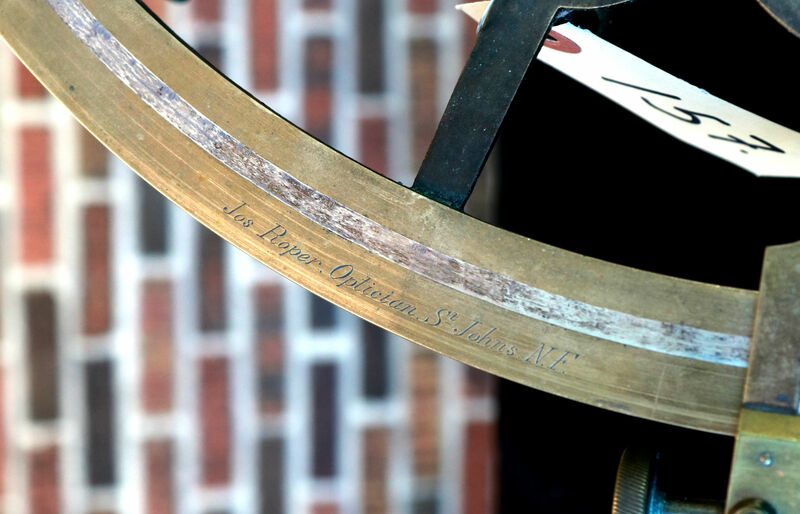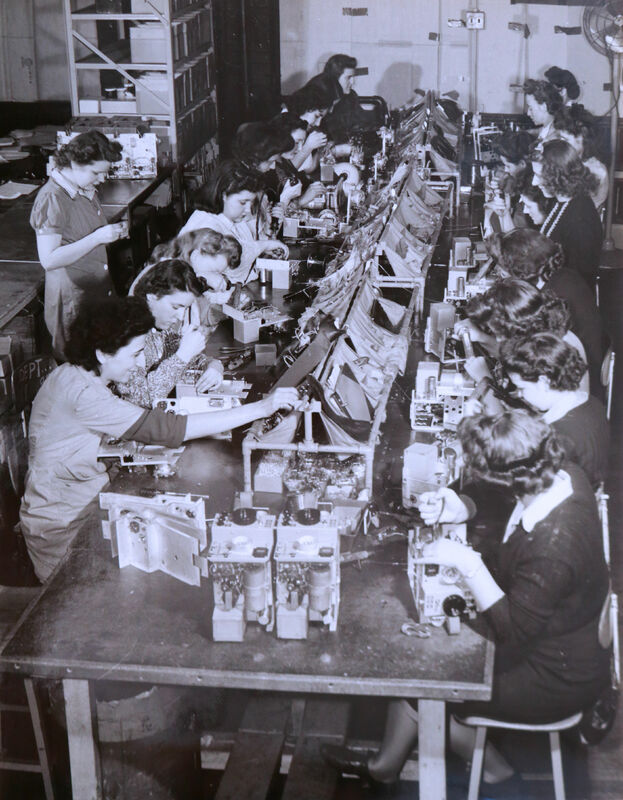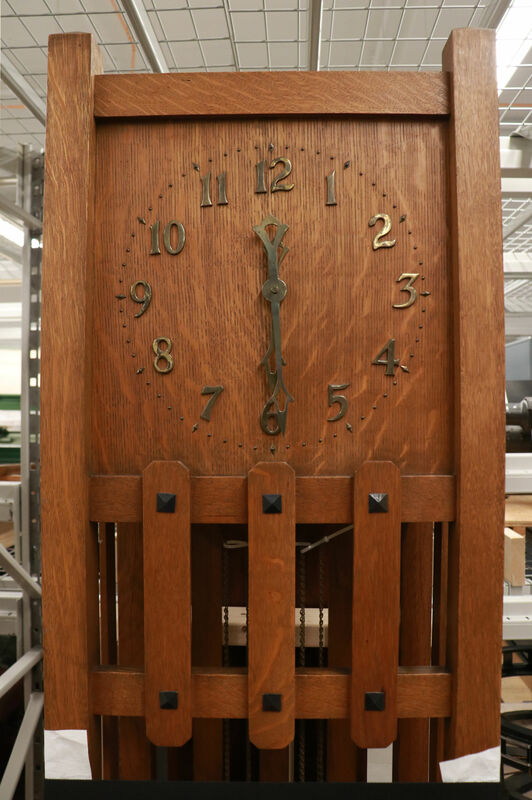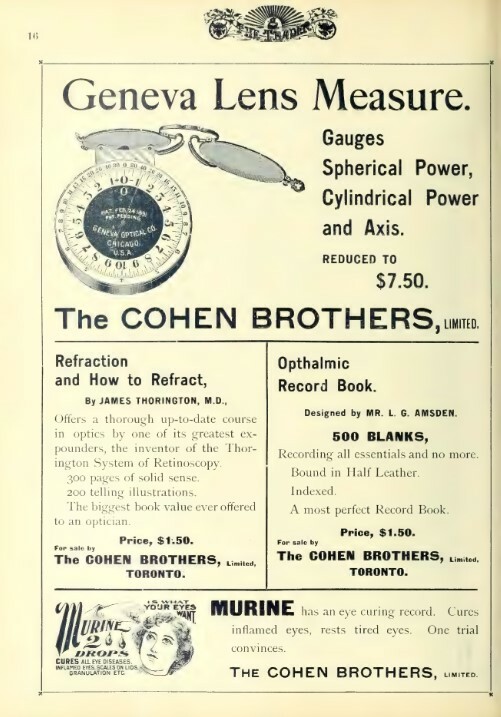Methodology
| About | Methodology | Using the Database | Sources |
The research for this project raised a lot of questions. How can we organise information about companies into a database? What qualifies as “manufacturing”? What does “precision” mean? What is an “instrument”?
This page explains how we answered some of these questions. If you are looking for information about how to read the database, you can find that here.
Companies
At first glance, companies seem to have firm beginning points, when they were founded, and end points, where they collapsed, or were bought by some conglomerate.
Legally, 20th century companies do have an identity that appears and disappears through their registration. In practice, the life of a company is a very messy business. Companies often emerge from similar or related entities, are formed out of mergers or purchases, and may take some years to form a familiar shape. Instead of collapsing all at once, they often slowly fade away through being acquired and divided, limping on for years. Through their lives, companies split and are reformed, change names dramatically, change leadership, are acquired and sold, move around, are acquired without a name change or with one, and may even change their main activities.
These complications mean that tracing the biography of a company is a fuzzy business. Did Consolidated Optical begin in 1907, when it was purchased by Lionel Amsden and formed out of several Canadian optical companies? Perhaps—I have selected this date. But Amsden was the manager of and a powerful figure in a previous optical company, The Cohen Brothers, from the 1890s. Many company activities remained the same over the 1890s-1910s. Is The Cohen Brothers really a separate company, or was there simply a leadership and name change?
And when did Consolidated Optical end? In the 1920s, it began a partnership of some description with American Optical. Over the next sixty years, that partnership absorbed the Canadian company completely—but not linearly. The “Consolidated Optical” name does not fade, but waxes and wanes as it applied to the company in different ways until finally the Canadian operations are closed, long after the name itself has gone.
Trying to represent this has meant that I have settled on a simple timeline to represent the activities of companies, which permit some subtlety of how things changed over time.
Ultimately, deciding what a company is is more often than not a matter of opinion. Where companies have merged, changed names, split and reformed, and I have decided they are separate entities, I have included all the related companies as separate "items", so the whole set are represented. Relations and connections between companies are represented to the best level of accuracy possible.
 Selling vs. Making
Selling vs. Making
Whether instrument makers were actually manufacturing instruments from scratch, assembling, or simply engraving imported instruments with their names is sometimes hard to tell. A close examination of techniques and components can provide insight, but this is not always practical.
A few factors can be kept in mind here: First, certainly there were suppliers for whom the entirety of their business was supplying. An example would be a branch or subsidiary of an overseas company. Yet, even such companies tended to offer specific expertise, repairs or alteration to the equipment they sold. As a result, they were required to have technical or engineering expertise on site. Repairs generally required the construction of new parts.
At the same time, the concept of what qualifies as "manufacturing" is a difficult one; especially into the 20th century, no instrument maker would make every part of the instrument. Lenses, for example, would be bought from a specialist; precision engraved scales would require specialist equipment and so would have to be bought in if the company lacked such equipment. Wires, stands and other more generic pieces were cheaper to buy than make.
In all, for those that had skilled technical personnel on site, the vast majority of precision instrument companies in Canada, whether individuals or major industrial operations, seem to have done at least some making. Medical instrument supplier J.F. Hartz Co. mostly sold imported equipment, but when thoracic surgeon Robert Janes wanted his prototype lung tourniquet turned into a useable surgical instrument, he went to J.F. Hartz, suggesting that even if they weren’t necessarily manufacturers themselves.
 The onset of wartime also hints at the potential capabilities of companies. Prior to the Second World War, the Ontario Hughes Owens company largely appears to be a supplier of imported instruments. Yet, by the 1940s, they were running a large Ottawa factory producing navigational equipment, suggesting an existing manufacturing element.
The onset of wartime also hints at the potential capabilities of companies. Prior to the Second World War, the Ontario Hughes Owens company largely appears to be a supplier of imported instruments. Yet, by the 1940s, they were running a large Ottawa factory producing navigational equipment, suggesting an existing manufacturing element.
The focus here is manufacturing and I’ve selected stories that focus on the production of something. In some ways, the examples are not necessarily (or substantially) representative of the majority of work these companies were doing. That said, for the purposes of this project, I have been generous and inclusive. Making a component for a broken clock is “making”, re-drawing a dial is “making”, designing is “making”, assembling is “making”, and sharing the manufacture of an item is “making”. Leaving out these examples would mean the story of precision making was incomplete.
“Precision”
What word describes everything included in this project? From sextants to radios to transistorized computers, the range of equipment and instruments listed here is broad. In my view, there is no perfect word. “Scientific instruments” certainly falls short—while some of these pieces of equipment are instruments, many were not used for scientific or mathematical purposes.
“Precision” perhaps offers the biggest tent. “Precision” in science implies measurement—an instrument that measures precisely is one that provides a very exact measurement. A “precision instrument” is one designed to operate in a very accurate or exact way. “Precision manufacturing” implies instruments built to small tolerances or perhaps to narrow or particular specifications. The makers and artifacts listed here mostly fill one of these definitions.
 The operating principal, however, has fuzzy edges. You might object to the definition of a household tall-case clock, like the “Canada” clock by the Pequegnat Clock Company, as a “precision” piece of equipment. But taking into account the full context it certainly is: to keep good time, clocks require very precise components, and the company made regulators amid gas meters alongside ordinary hall clocks, implying precision was central to its skilled business.
The operating principal, however, has fuzzy edges. You might object to the definition of a household tall-case clock, like the “Canada” clock by the Pequegnat Clock Company, as a “precision” piece of equipment. But taking into account the full context it certainly is: to keep good time, clocks require very precise components, and the company made regulators amid gas meters alongside ordinary hall clocks, implying precision was central to its skilled business.
It's examples like this that we find the real operating principal of this project. Few of the companies here are “pure” examples of “scientific instrument makers” working exclusively on precision equipment. Even fewer ever use the word “precision”. But they form a collection of companies that share a loose commonalities. This is hard to define: a scientific approach, a connection to a scientific community, engineers or scientists on staff who are pushing boundaries and creatively solving technical problems, the application of precision technical skills, or a commitment to better metrology, ease of use or efficiency. These commonalities also make them often heavily interrelated: the people who worked for one of these companies also worked for others, applying the same engineering, scientific, or technical skills to different types of equipment. One way to think about it is an ecosystem of scientific manufacturing.
It's anachronistic, but another way to think about them as a group might be as “high technology”—the OED offers the adjectives “advanced, specialised, or complex”—within their specific context. Yet, even this does not quite capture every artifact or even every company: not all precision instruments are “high technology”, even as they are clearly precise or scientific.
What the artifacts and makers here do represent is 160 years of the technical and scientific community of Canadian industry. Whether apprenticed or trained in universities, they share an applied and material approach to entrepreneurship and innovation. Not actually disconnected from universities and government research, it’s one that demonstrates the history of the industrial and manufacturing components of those activities, the role of production to innovation and development, and the impacts of governmental policy and positions on the industry and those within it.
